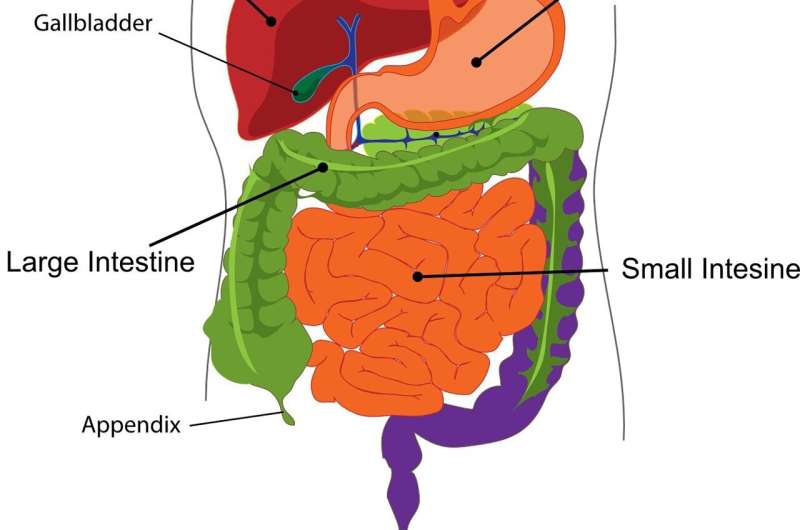Bindi Irwin Undergoes Emergency Appendectomy: Understanding Appendicitis

Bindi Irwin recently underwent emergency appendectomy due to a ruptured appendix. Learn about appendicitis, its symptoms, and treatment options to understand this common condition better.
Recently, Bindi Irwin was rushed to a hospital in the United States to undergo emergency surgery after suffering a ruptured appendix. Her brother, Robert Irwin, reassured fans that she is expected to recover well, although her absence was felt at an annual event honoring her late father, Steve Irwin. This incident highlights the importance of understanding appendicitis, a common yet potentially serious condition.
The appendix is a small, tube-shaped pouch attached to the large intestine, located on the right side of the lower abdomen. Historically considered a vestigial organ with no significant purpose, recent research suggests that the appendix may play a role in immune functions and maintaining healthy gut bacteria, especially during recovery from infections or antibiotic treatment. Despite this, most people can live healthily without their appendix.
Appendicitis occurs when the appendix becomes inflamed, often due to a blockage caused by hardened stool, swelling, or other factors. This blockage allows bacteria to proliferate, leading to infection and inflammation. If untreated, the appendix may rupture, releasing infectious materials into the abdomen, which can lead to severe complications.
Symptoms of appendicitis often begin with vague discomfort, including loss of appetite, nausea, diarrhea, or mild fever, typically around the belly button. As the condition progresses, pain localizes to the lower right abdomen and intensifies. Prompt diagnosis is crucial, as a delay increases the risk of rupture.
Appendicitis affects about 1 in 12-15 individuals over their lifetime and is most common between ages 10 and 30. It accounts for thousands of hospitalizations annually worldwide.
Diagnosis usually involves physical examination, blood tests, and imaging studies like ultrasounds or CT scans. Treatment generally consists of surgical removal of the appendix, known as an appendectomy, often performed laparoscopically, which minimizes recovery time. Antibiotics are also administered, and in some cases, may suffice without surgery.
While complications such as infections or internal scarring are possible, the mortality rate for appendicitis is extremely low with proper medical care. Most patients make a full recovery and return to normal activities within weeks.
This case underscores the importance of recognizing symptoms early and seeking prompt medical attention. Wishing Bindi Irwin a swift and complete recovery, her experience serves as a reminder of how common and treatable appendicitis is when addressed promptly.
Stay Updated with Mia's Feed
Get the latest health & wellness insights delivered straight to your inbox.
Related Articles
Breakthrough in Gene Therapy Reverses Brain Disorder Symptoms in Mice
Researchers at the Allen Institute have developed a groundbreaking gene therapy that successfully reverses symptoms of SYNGAP1-related brain disorders in mice, opening new avenues for treatment of severe neurological conditions like epilepsy and intellectual disability.
Clinical Trial Finds Ivabradine Ineffective in Reducing Myocardial Injury Post-Noncardiac Surgery
A large clinical trial revealed that ivabradine does not reduce the risk of myocardial injury after noncardiac surgery, indicating the need for alternative protective strategies. Source: https://medicalxpress.com/news/2025-09-ivabradine-occurrence-myocardial-injury-noncardiac.html
Innovative Genomic Test Guides Personalized Hormone Therapy in Recurrent Prostate Cancer
A novel genomic test predicts which recurrent prostate cancer patients will benefit from hormone therapy added to radiation, enabling personalized treatment strategies and reducing unnecessary side effects.



